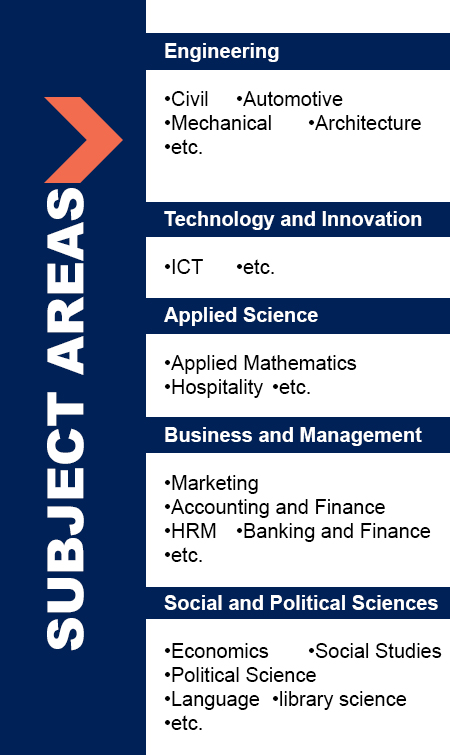Thermal Performance of Flat Plate Solar Collectors for Humid and Unpredicted Weather using Air Properties and Energy Method
DOI:
https://doi.org/10.47127/ijtmr.v5i4.106Keywords:
Thermal performance, mat black, plates, collector, air properties, heat transfer coefficientAbstract
Devising technologies to make use of renewable energy such as solar energy is very innovative and progressive since
tapping energy from a free source is cost effective in the long-term and totally ecologically friendly. The main aim of
solar drying of crops is to preserve them by removing the excess moisture that will cause their deterioration in order
to improve their shelf life. Solar drying though found to be a mature, cost-effective and an efficient method of
drying especially crops, it has not been widely deployed for crop drying both at the commercial and industrial level
in Ghana. The purpose of this research is to produce a solar heat collector for space heating using cheap and
available materials and also to demonstrate the importance of incorporating obstacle/fins on plates to improve the
efficiency of solar collectors. This study investigates the effect of increased air contact area of various configuration
on the efficiency of solar air heaters. Nine different absorber plates (with and without fins) were considered by this
research in an experimental study to select the best design that will be suitable for absorbing or providing a high
fraction of heat for conditioning humid atmospheric air (lowest relative humidity of the collector air). The best
designs of this study had an efficiency between 58% to 72% and maximum absorber temperatures above 80oC,
collector air temperature above 70oC and collector air relative humidity below 20% while the worst design had an
efficiency between 35% and 50%, collector air temperature bellow 45oC and the lowest collector air relative
humidity of 26%. The findings of this research have revealed that increasing the contact area of the air current or
circulation and the shapes of the fins attached to flat absorber plates increase their air contact areas and affect the
thermal efficiency of the solar collectors. Also, it has revealed that the arrangement of fins contributes positively to
the efficiency of solar collectors.
Citation: Felix Uba, Eric Osei Essandoh, Gilbert Ayine Okolo, Charles Nunya Dzikunu. Thermal Performance of Flat Plate
Solar Collectors for Humid and Unpredicted Weather using Air Properties and Energy Method, 2020; 5(4): 30-49.
Received: September 17, 2020
Accepted: December 31, 2020








